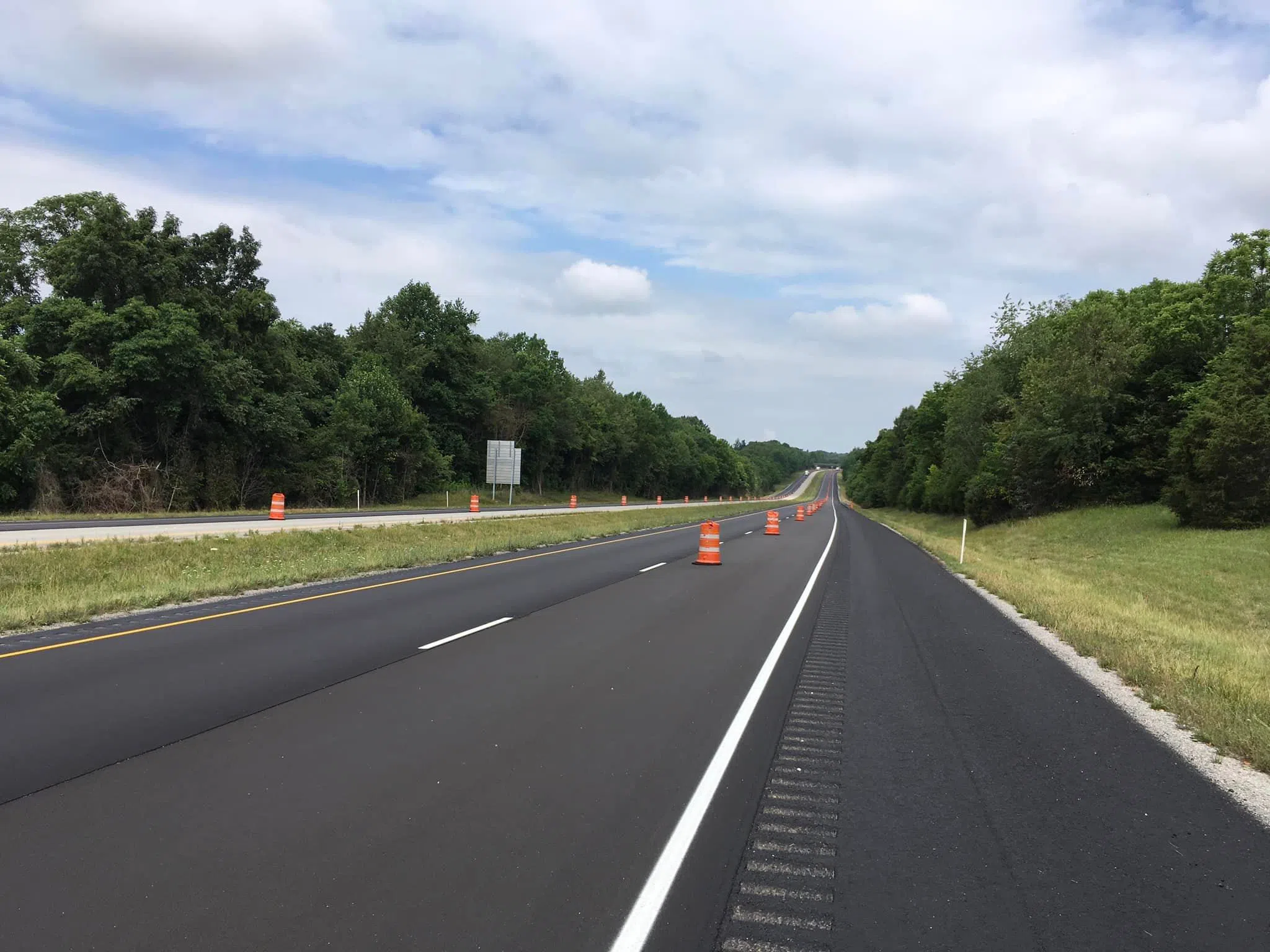
GN1 FILE PHOTO. (photo by KYTC district 3)
By MICHAEL CRIMMINS
Glasgow News 1
Barren County parents and guardians are encouraged to talk with younger drivers about the “rules of the road” during National Teen Driver Safety Week.
“This week reminds us how important it is to instill good driving habits in our young drivers to protect them and everyone else on the road,” Kentucky Governor Andy Beshear said. “As a parent of future teen drivers, I encourage families to engage in open conversations about safe driving practices and responsible behaviors that will keep them safe for a lifetime.”
According to the National Highway Traffic Safety Administration, vehicle crashes are the leading cause of death for teenagers in the United States and per miles driven are involved in three times as many fatal crashes. In Kentucky the Kentucky Transportation Cabinet reported more than 47,000 crashed involving a teenage driver resulting in approximately 13,000 injuries and 210 deaths.
“Teen drivers, being new to the road, pose a risk to themselves and others,” said Transportation Secretary Jim Gray. “While laws play a crucial role in ensuring safety, they alone aren’t sufficient. Parents should establish clear guidelines before giving their teens the car keys and lead by example when driving themselves.”
In observance of this week, the transportation cabinet and the safety administration offered drivers six reminders.
1. Avoid Distracted Driving: According to administration, driver distraction is the leading factor in most crashes. Avoid distractions, like talking or texting on cellphones, talking to passengers, adjusting audio and climate controls and eating or drinking while driving. Additionally, headphones are not safe to wear while driving, as they can distract a driver from hearing sirens, horns or other important sounds.
2. Wear Seat Belts: Wearing a seat belt is the best protection against injury and death, yet according to the administration, teens are less likely to be buckled up than members of any other age group. Properly fastened seat belts contact the strongest parts of the body, such as the chest, hips and shoulders. A seat belt spreads the force of a crash over a wide area of the body, putting less stress on any one part, and allows the body to slow down with the impact, extending the time when the occupant feels the crash forces.
3. Take Extra Caution While Driving with Passengers: Passengers in a teen’s car can lead to tragedy. Administration research shows that the risk of a fatal crash goes up dramatically in direct relation to the number of passengers in a car. The likelihood of teen drivers engaging in risky behavior triples when traveling with multiple passengers.
4. Obey Speed Limits: Limits are put in place to protect all road users. Driving over the speed limit greatly reduces a driver’s ability to steer safely around another vehicle, a hazardous object or an unexpected curve. Young males are most likely to be involved in speed-related fatal crashes.
5. Never Drive Impaired: All teens are too young to legally buy, possess or consume alcohol, but they are still at risk. Once a person takes a drink, impairment begins. Alcohol slows reflexes, weakens coordination, blurs eyesight, gives a false sense of being in control and leads to risky decision-making. Like alcohol, marijuana and other drugs also affect a driver’s ability to safely react to their surroundings.
6. Don’t Drive Drowsy: Between school and extracurricular activities, teens are busier than ever and tend to compromise something very important: sleep. According to the National Motor Vehicle Crash Causation Study, drowsy drivers are twice as likely to make performance errors in a crash as compared to drivers who are not fatigued.
Comments